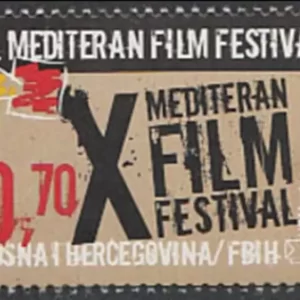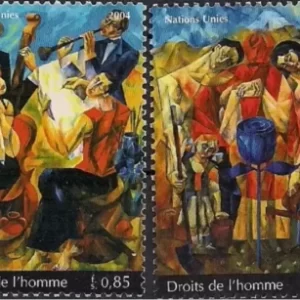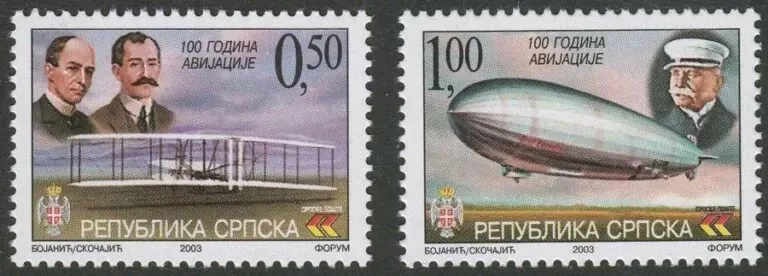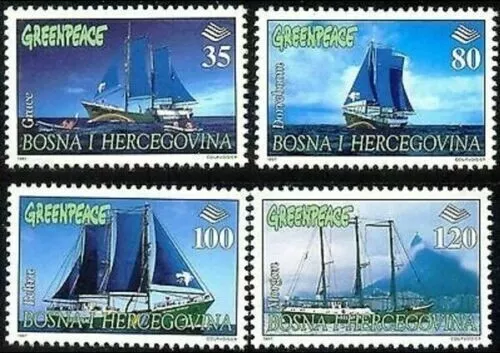Bosnia Serbian stamp year 2001 Art frescoes – Christmas 1v
Bosnia and Herzegovina (Republika Srpska) issued a 1.00 dinar Christmas stamp on December 5, 2001, featuring art frescoes as part of its holiday series (cataloged as BHS-224 or sjx0228).
Stamp Details
This single-value stamp reproduces a medieval fresco with Christmas themes, such as nativity scenes or saints like St. Nicholas, from Bosnia’s religious heritage sites like monasteries in Kraljeva Sutjeska or Zitomislic. Printed for the Serbian administration, it complements a same-day art set (BHS-225-28) with paintings and labels. The design highlights the region’s blend of Eastern Orthodox and Western Christian iconography in fresco art.
Collectibility
Mint never hinged (MNH) singles or middle-row sets from sheets sell for €1–€2 on philatelic sites, with full art sets slightly higher due to thematic appeal. Values stay modest for modern regional issues but attract collectors of European religious art and fresco thematics. Used examples appear rarely in lots.












Reviews
There are no reviews yet.